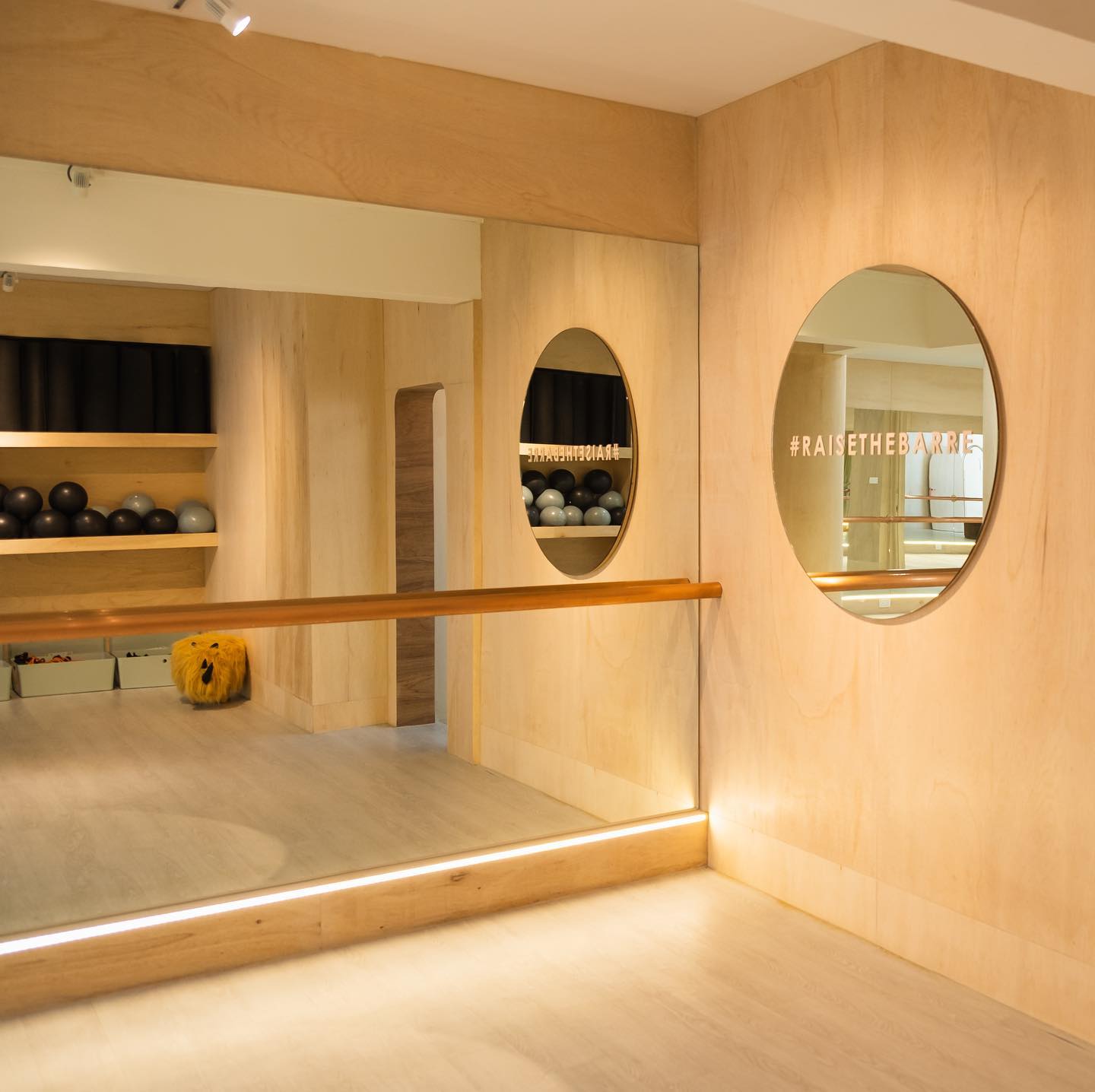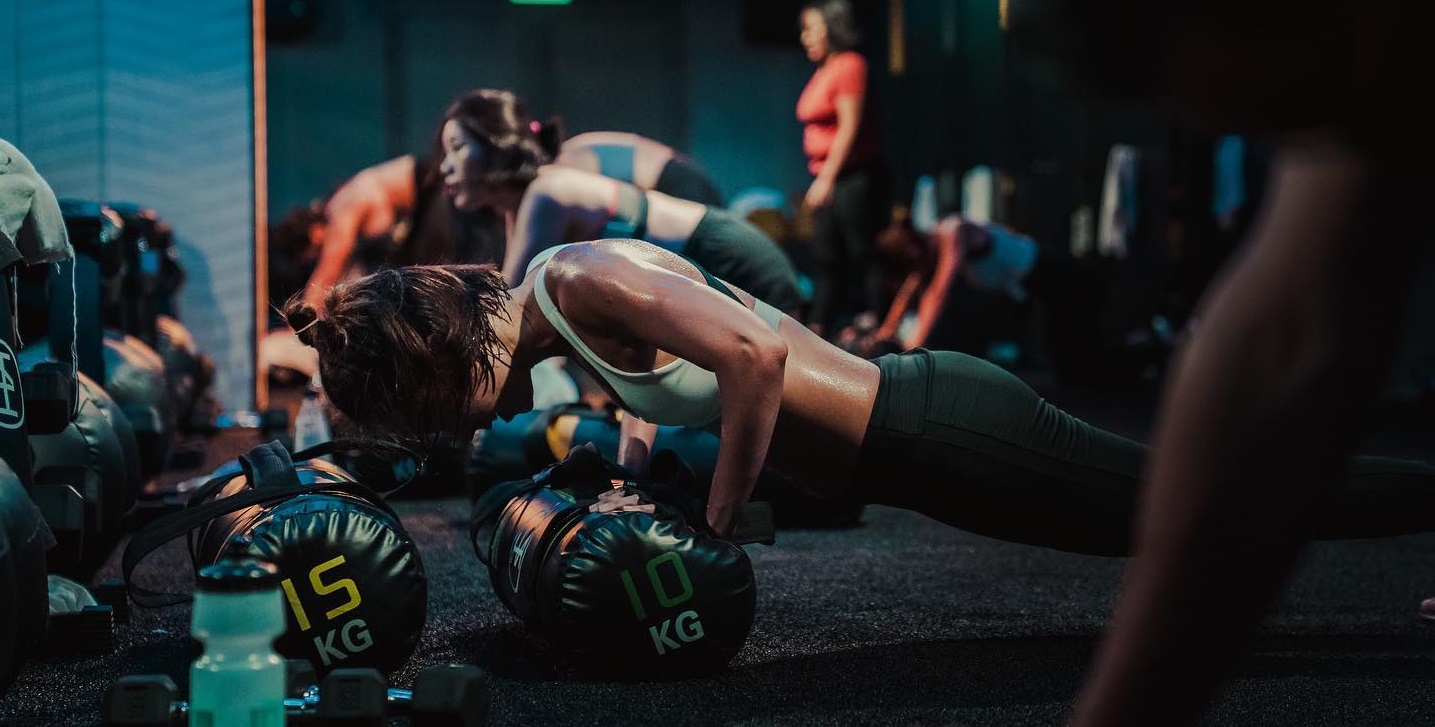Speaking to a kid, who could be no more than 10 years old, in the thick of the action of the Olympic Distance of the Aviva Bintan Triathlon, we learnt a few things.
One is that he was cheering for his father, who looked in his 30s and was, at that very moment, pushing his exhausted body out of the ocean from the 1,500m swim and on to the next leg of the competition—the 40km cycling course.
The other was that the kid himself would be taking part in the children’s triathlon the next day. Over the course of the competition, we encountered participants ranging from men and women in their physical prime to grandparents long since past their physical peak.
One thing’s clear—triathlons, despite seeming like an impossible feat to finish—aren’t just for the incredibly fit.
“I’m asthmatic, so I need to take up some exercise,” says Desmond Kao, a 30-year-old junior college teacher who’s been taking part in triathlons for the past two and a half years. “I actually have no relapse when I’m exercising regularly.”
There are categories tailor-made for different competitors. There’s the aforementioned kids’ triathlon, open to kids from the age of seven to around 14 years old (depending on each competition). The Olympic and sprint distances (which are around half the distance of the Olympic) can be competed in as an individual or as part of a relay of either two of three people, so those of you who aren’t ready to fly it solo can get some support first. There’s even a mini category in the upcoming OSIM Singapore International Triathlon in July, which is a shorter distance than the sprint.
“It’s encouraging for people like me who aren’t particularly sporty,” says Rachelle Lau, an editor who had started training in August last year when her husband got her into triathlons. She soon discovered how addictive they can be. “It is a relatively easy sport to get into.”
Let’s Get Physical
But if you think that these competitions are going to be chicken feed, think again.
“In terms of monthly training, a newcomer to triathlons requires approximately three months of training prior to a race,” says Michael Turnball from Tribob, a team which trains competitors for triathlons. “In terms of weekly hours, this varies widely. It all depends on the individual and his strengths, weaknesses, time available to train and what he is training for. In general, most members train between eight to 20 hours a week. For some, it is simply a matter of training when they can, for example a 30-minute swim at lunchtime is better than no swim at all.”
25-year-old Courtney Atkinson, who came first in the Olympic Distance, has had the benefit of growing up in Australia where there has been a consistent outflow of great triathletes. “There’s been a system of training developed, so all I had to do was add in refinements,” says this professional triathlete. Those refinements have been specific to Courtney’s needs, particularly his bike riding, which he reckons is just average.
“Before morning sickness set in,” says Rachelle, who was three months pregnant when she took part in the tournament, “I used to wake up at 5:30am and get in an hour on the bike or running. I’d try to leave early from work and rush to the track, then on to the pool. I managed one training session a day, which meant I crammed everything on the weekend.”
Michael, who’s been training triathletes in Singapore for a year, adds that each triathlete is an individual and will follow his personal training program with his own individual goals and targets.
Get By With A Little Help
So, if the training is idiosyncratic, why work with trainers?
Michael elaborates, “Here at Tribob we offer 10 training sessions every week for our members that cover all aspects of a triathlon. I also sit down with members to plan individual training programs. The main aim is to achieve a balance between the disciplines. If there is an obvious weakness, we also schedule a little extra training in that area to accelerate improvements.”
Desmond echoes Michael’s points, emphasizing that while it’s fine for him to train on his own for easier sessions, nothing motivates quite as well during those more difficult sessions than being surrounded by athletic mates. “Tribob’s a great platform for group training,” he says. “And that really helps to train you in those specific aspects that need work.”
For Rachelle, it’s also about pushing herself. “I was very comfortable at a certain pace and I found that I wasn’t improving. I just didn’t have the motivation to. Whereas, when I joined Tribob, I was part of a group. At the end of the sessions, we would all get an email from Mike summarizing how everyone did.” She adds, with a laugh, “It can be very demoralizing to see my name at the bottom!”
Eat Me
Naturally, training has to be balanced by a proper diet. Although, as Desmond and Rachelle testified, this isn’t regimented.
“There is no strict regime for me. I eat to train,“ explains Desmond. “My diet gets stricter as the race gets closer. During that time, I also try to stay away from anything too heaty. But I do give in to my cravings once in a while though.”
Courtney’s eating habits, likewise, aren’t terribly specific, but just “not unhealthy.”
Rachelle’s diet, on the other hand, consists of more carbohydrates and lots of fruits and vegetables. But the one staple that she stresses the most is the all-important water. “I have to have lots of water. I get tired really quickly if I don’t get enough water,” she emphasizes.
Michael aptly likens balancing a proper diet with the proper training to another well-balanced machine—a car. “If a car is not tested (your training) before it is released, it’ll break down. If your car is not fuelled up regularly (your nutrition), it will stop running. And if you don’t give your car a break and a service (sufficient rest), it wears out quicker than it should,” he explains.
It’s All in the Mind
This leads us to one other very important aspect of taking part in a triathlon—the mental preparation.
“I just visualize myself doing well and really enjoying it,” says Rachelle, describing how she psyches herself up for a competition. “Also, nothing gets you going like that second wind in the middle of the competition.”
Desmond has a similar method of setting aside all worries the night before and just telling himself to have fun. But this is just the final part of his extensive preparation. “It starts really early,” he explains. “You’ve got to commit yourself to the training and set your mind to working through it. It gets better as the race gets closer; I find myself becoming more focused.”
To Courtney, however, who’s been taking part in triathlons since he was 15, triathlons are just jobs. But that doesn’t mean he doesn’t enjoy his work. “It’s particularly fun when it’s a different tournament,” he says. Referring to the rain that hit the Aviva Bintan Triathlon, he says, with a smile, “Yesterday’s tournament was unique, because of the weather. I get very few opportunities to do a race like this.”
Moving On
The OSIM Singapore International Triathlon 2006, to be held on July 1 and 2 at East Coast Park, is primed to be the next big event for triathletes. Even though registration may be closed for this huge event, it doesn’t mean that you can’t swing by and take a look.
The kids’ and mini triathlons will be on July 1 and the Olympic and sprint will be on July 2.





